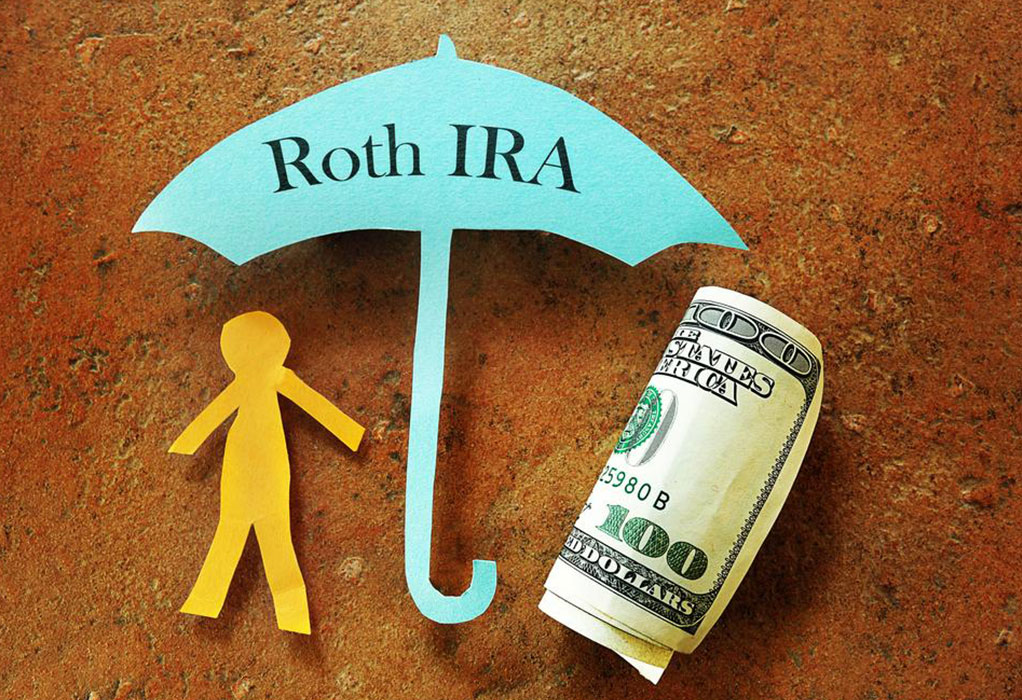Understanding Traditional and Roth Individual Retirement Accounts (IRAs)
This article explains the key differences between Traditional and Roth IRAs, highlighting their tax advantages, eligibility criteria, contribution limits, and withdrawal rules. It provides guidance on how each retirement account functions and helps investors decide which option suits their financial goals. Essential details include taxes, contribution thresholds, and account management, making it a useful resource for planning a tax-efficient retirement. Perfect for individuals seeking to optimize their retirement savings strategies with compliant and informed choices.

Individual Retirement Accounts (IRAs) are specialized savings plans designed to help individuals secure their financial future with attractive tax advantages. An IRA acts as a vessel to hold various investments like stocks, bonds, and mutual funds. There are multiple types of IRAs, including Traditional IRAs, Roth IRAs, SEP IRAs, and Simple IRAs, each serving different eligibility criteria based on income and employment status. All IRAs impose contribution limits and enforce penalties for early withdrawals or rule violations, making them crucial tools in retirement planning.
Traditional IRAs allow pre-tax contributions that grow tax-deferred until withdrawal. Contributions are often tax-deductible, reducing taxable income for the year they are made. For example, contributing $5,000 annually can be claimed as a deduction, but the amount is taxed upon withdrawal during retirement. Eligibility for deductible contributions depends on factors like income level and employer retirement plans, with specific thresholds influencing deductibility. Traditional IRAs are beneficial secondary options when primary retirement plans are employer-sponsored.
Roth IRAs differ as contributions are made with taxed income, meaning withdrawals during retirement are typically tax-free. Named after Senator William Roth, these accounts allow after-tax contributions, with some eligibility based on income. Roth IRAs do not require minimum distributions, and contributions can be made past age 70.5 provided the individual has earned income. To open a Roth IRA, individuals must do so through approved financial institutions like banks, credit unions, or brokerage firms following IRS guidelines.
Setting up an IRA involves completing a disclosure statement and an adoption agreement outlining operational rules. The annual contribution limit for Roth IRAs is $5,500, with an additional catch-up contribution of $1,000 for those aged 50 and above (as of 2016). Funding sources include regular contributions, spousal IRA transfers, rollovers, conversions, or recharacterizations. Contributions are typically made via check, and various options exist for transferring or converting funds from other retirement accounts.










